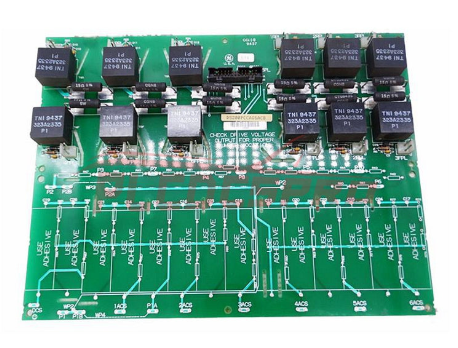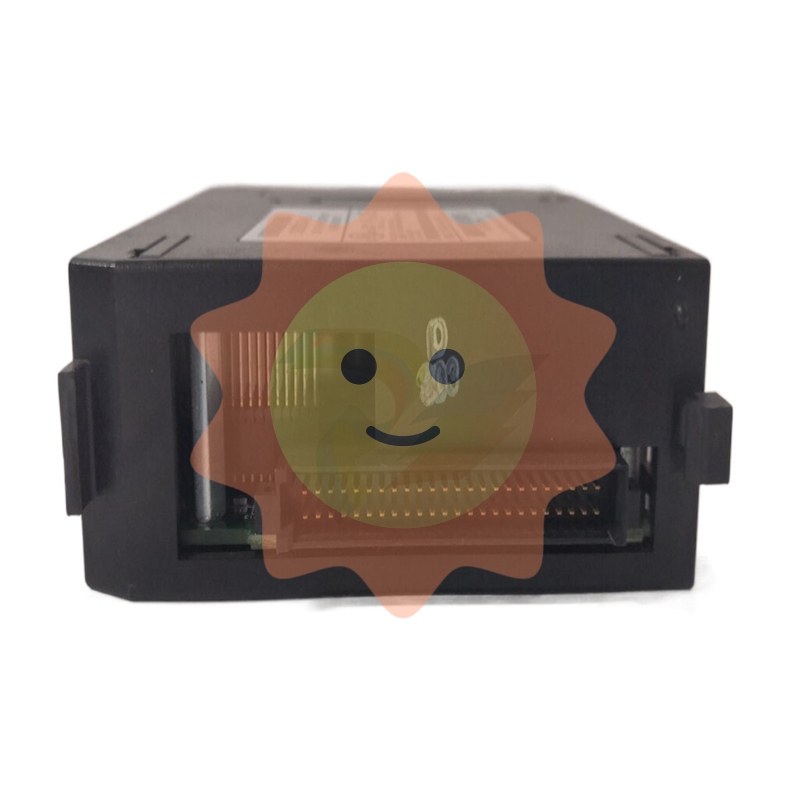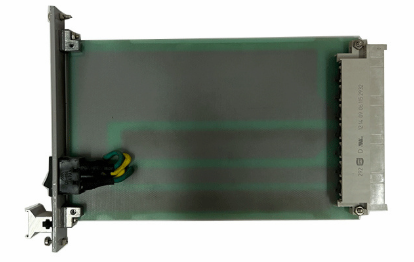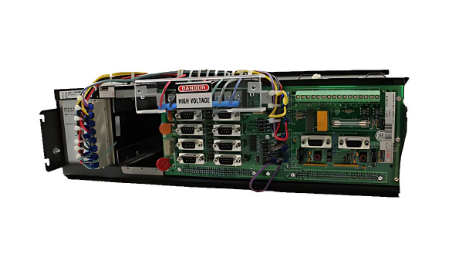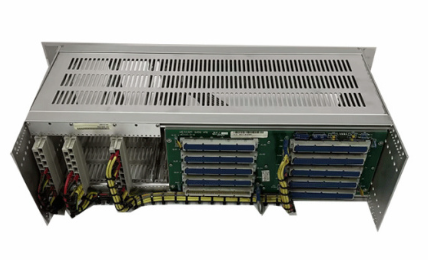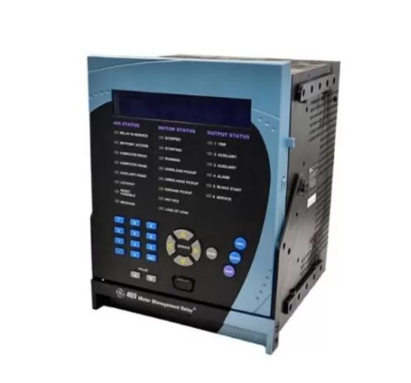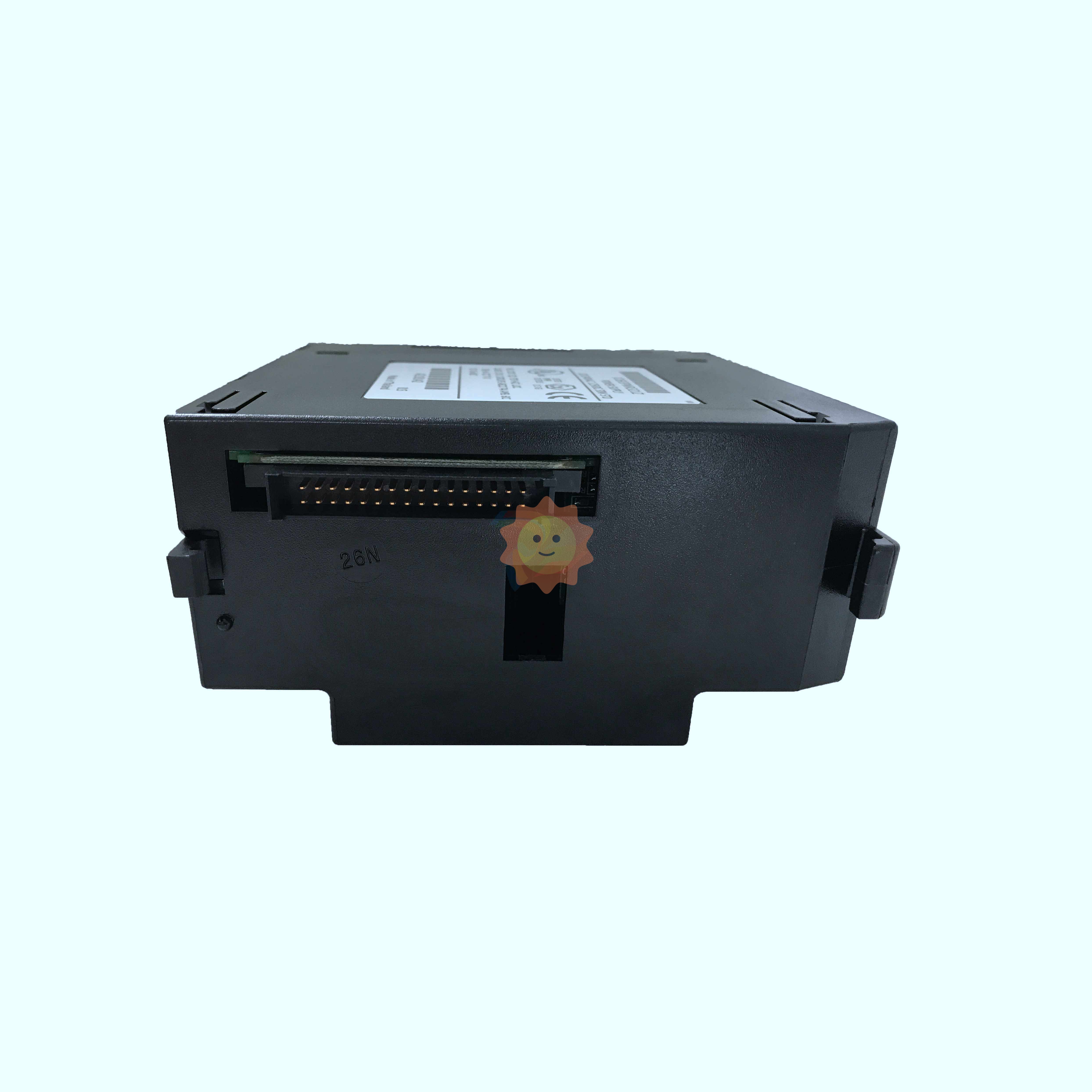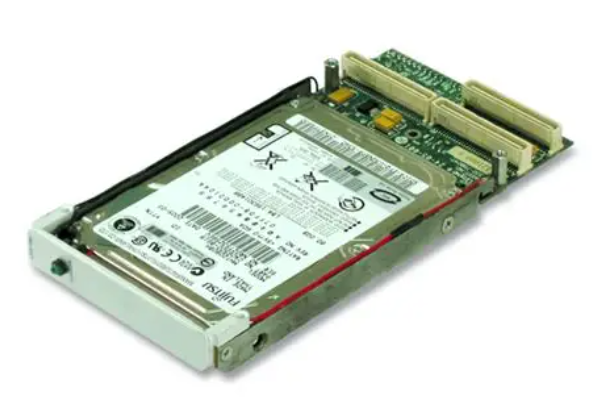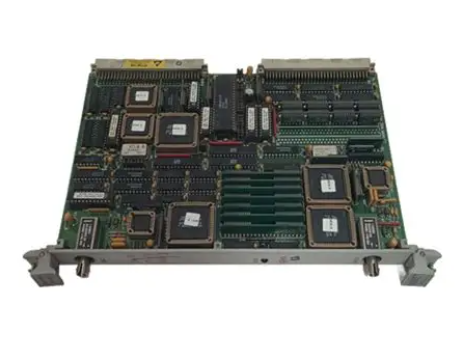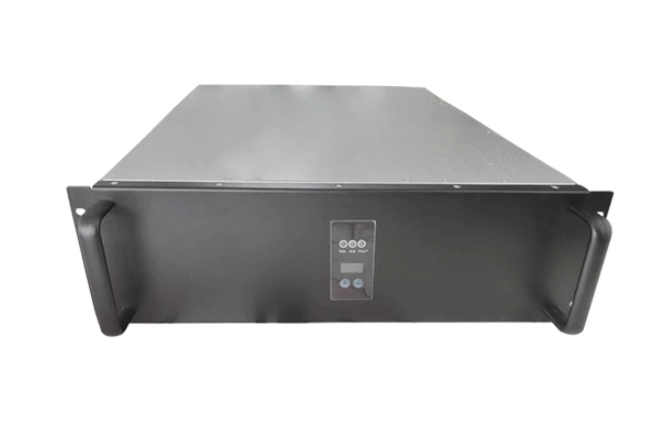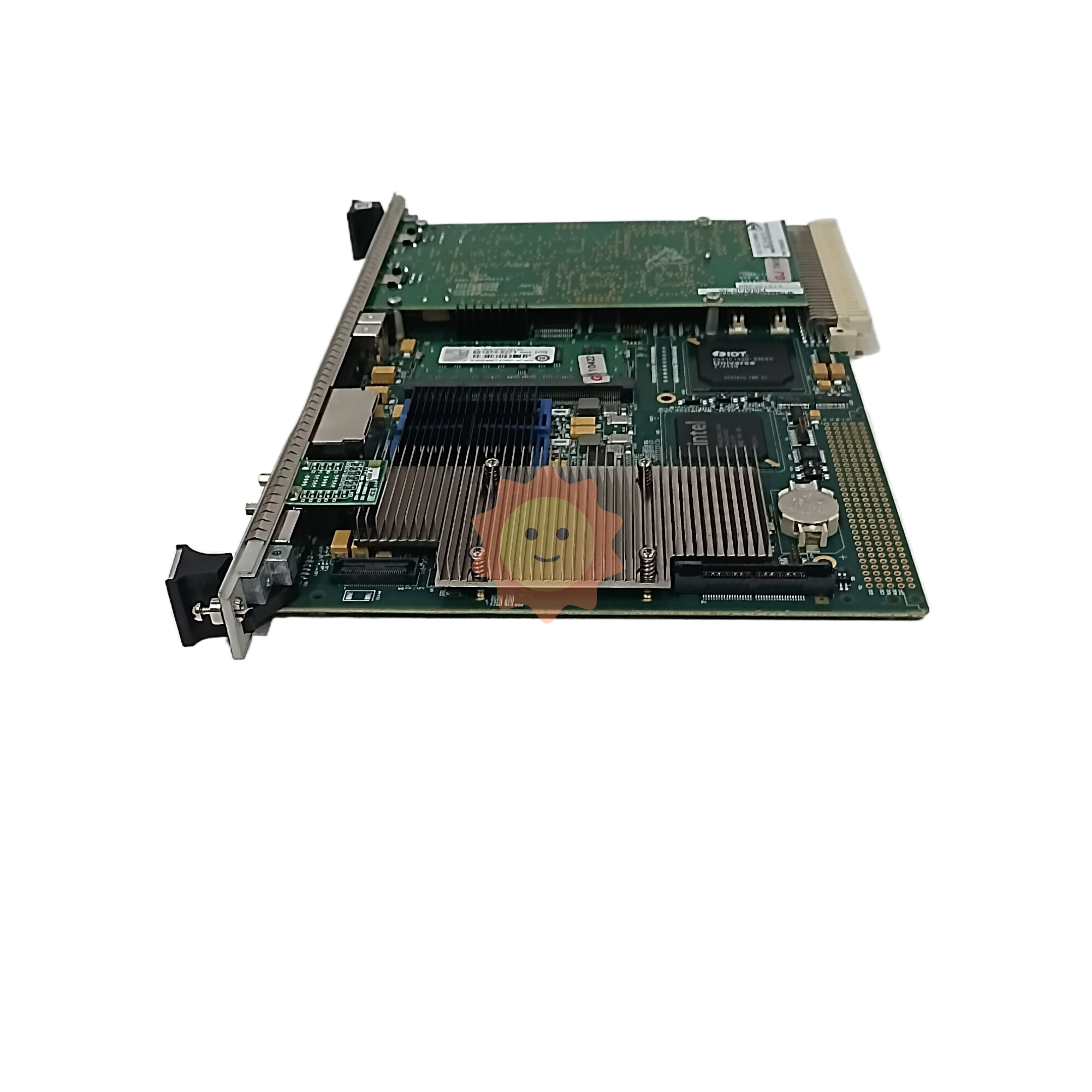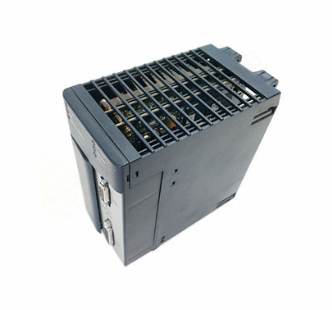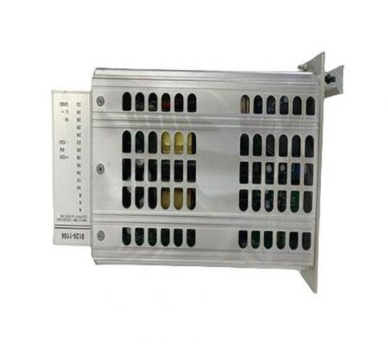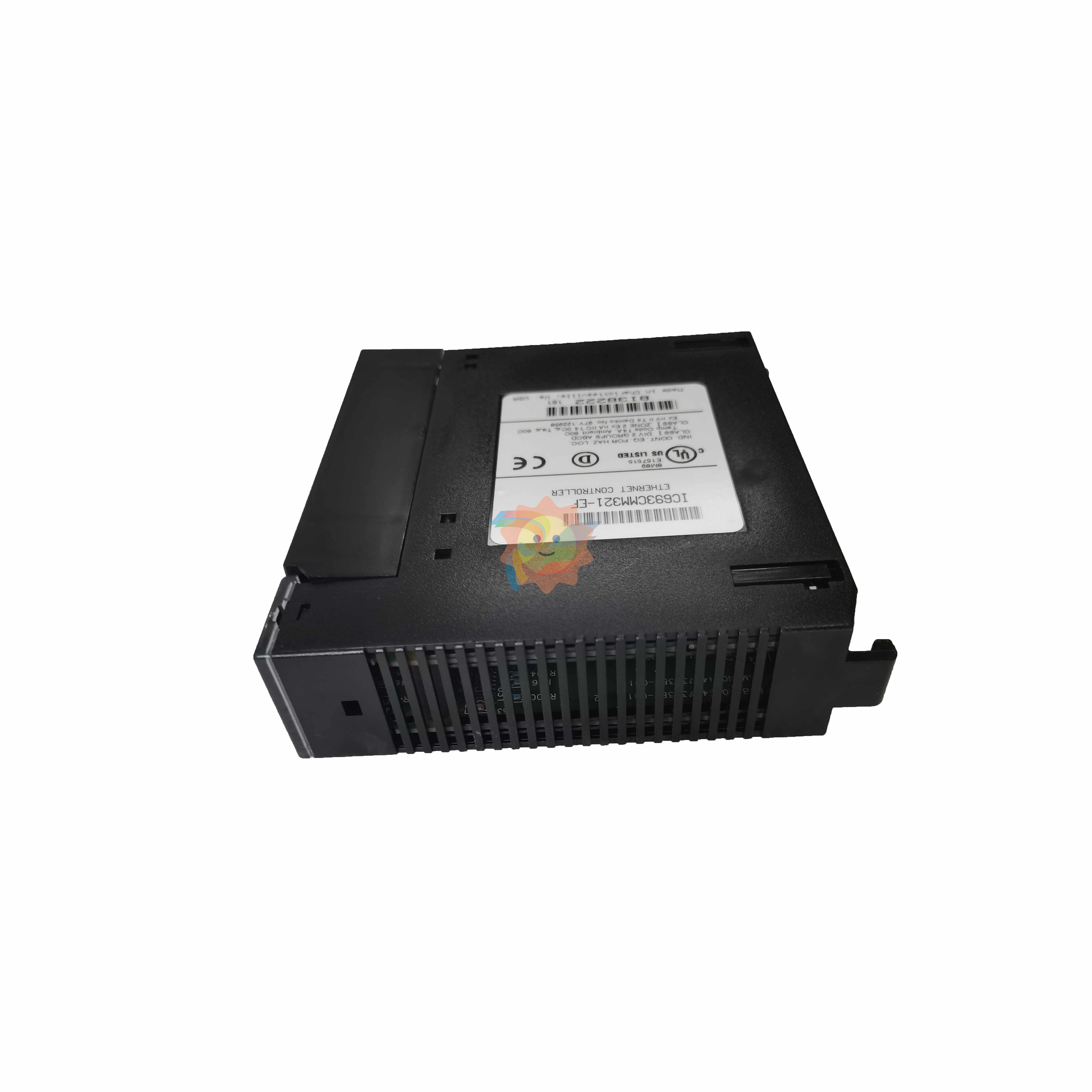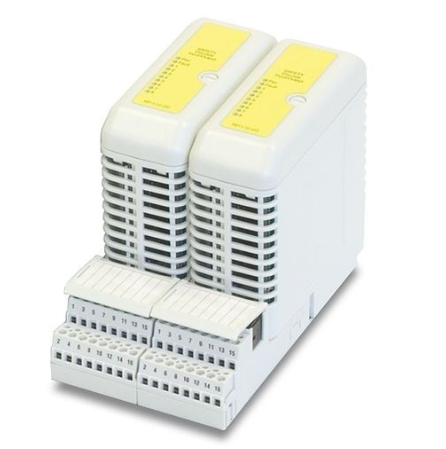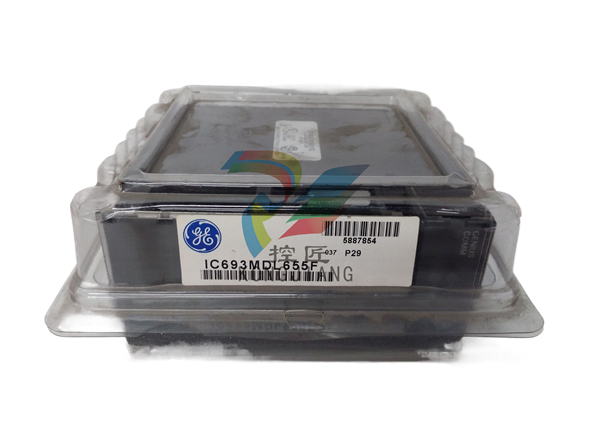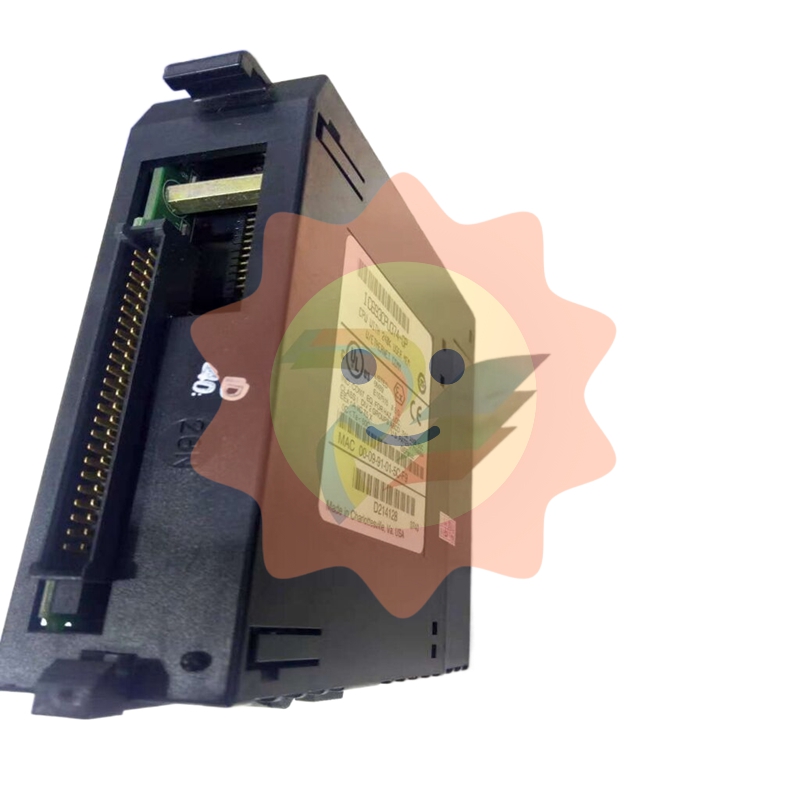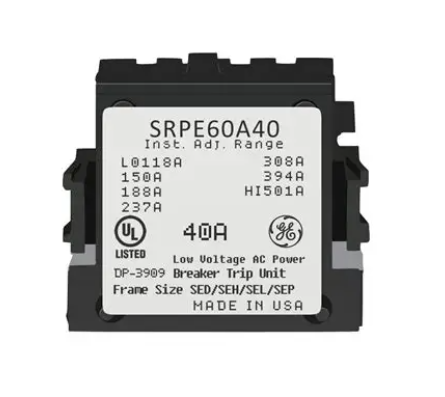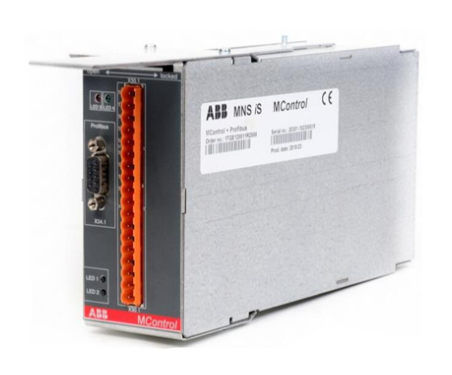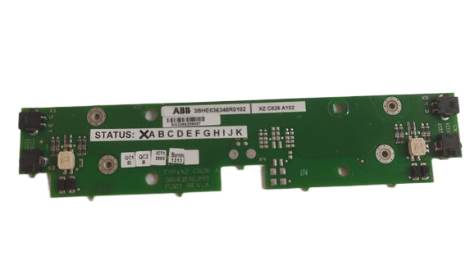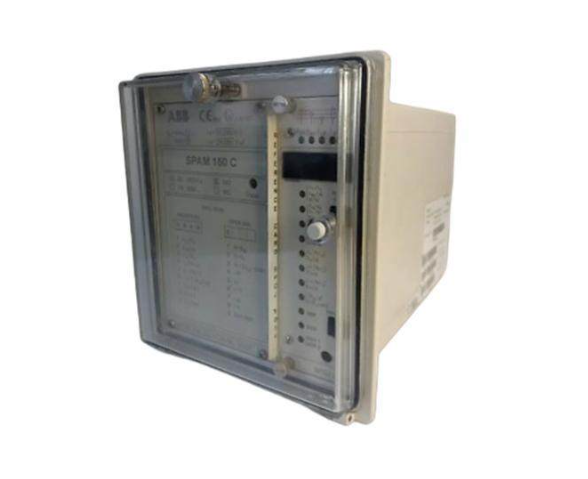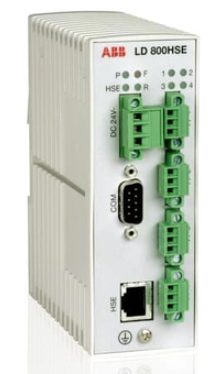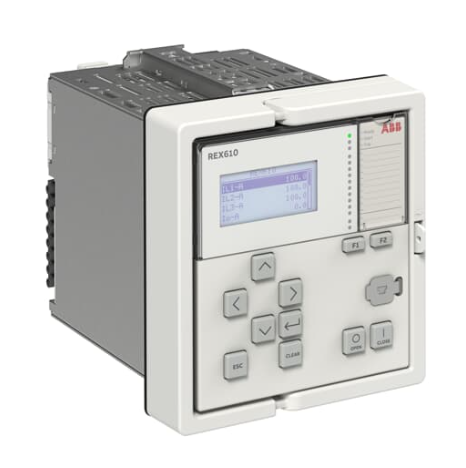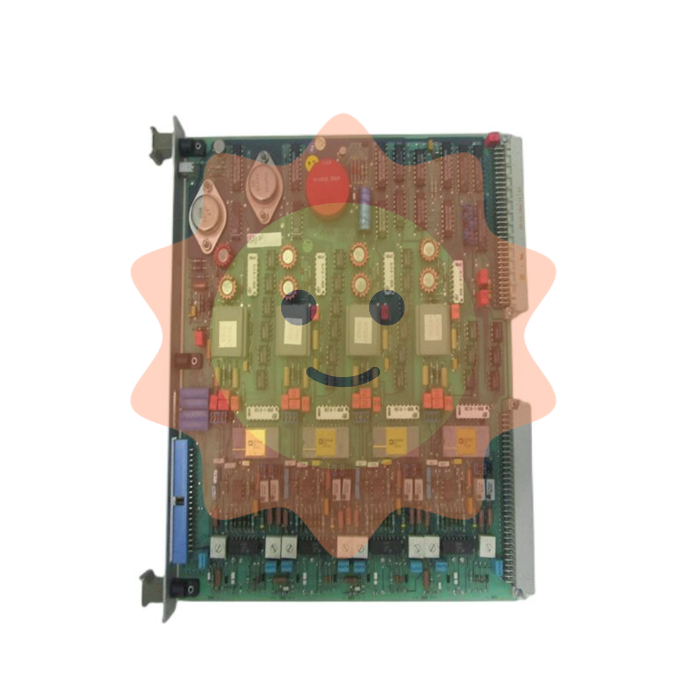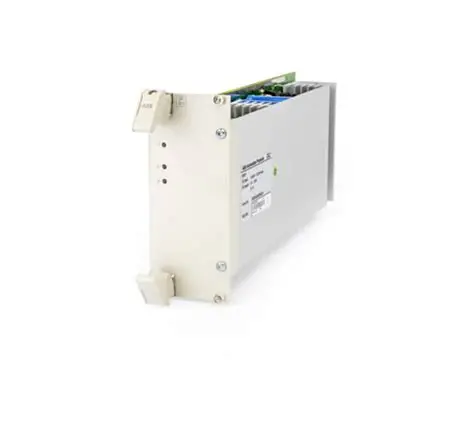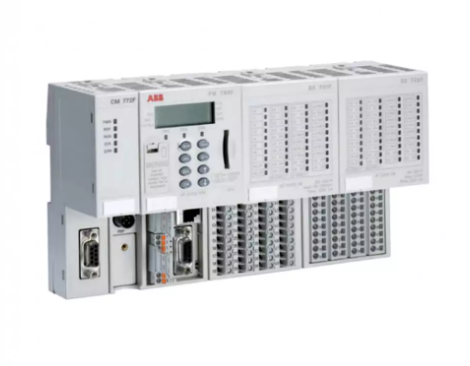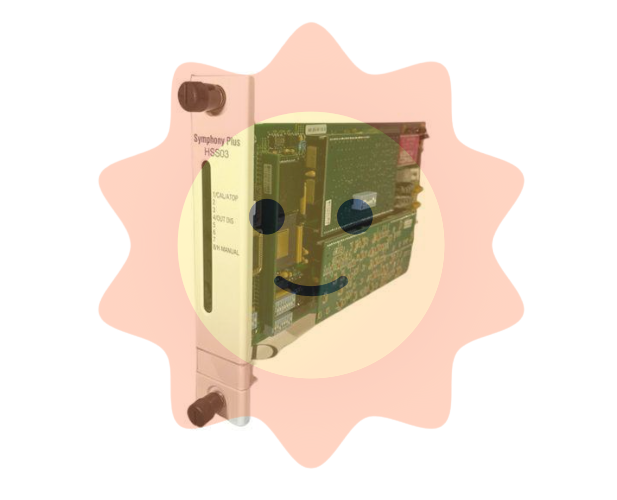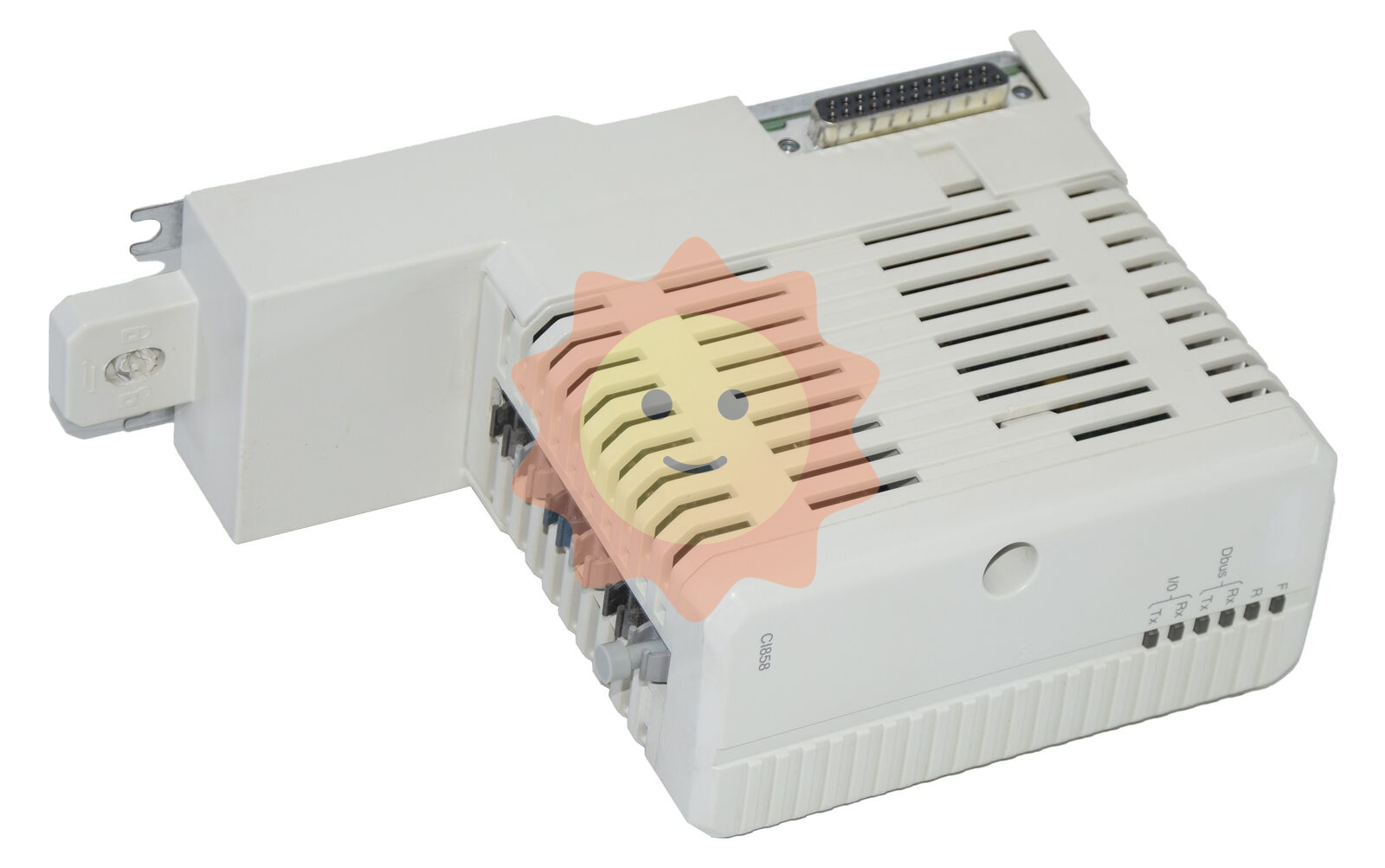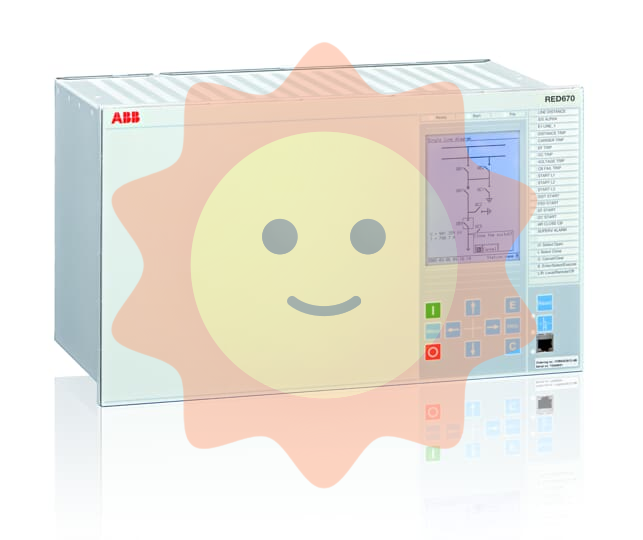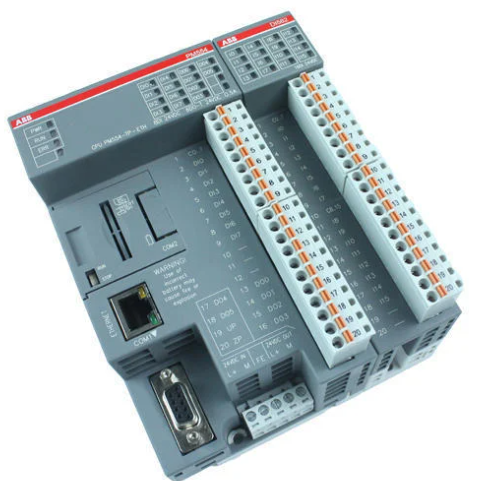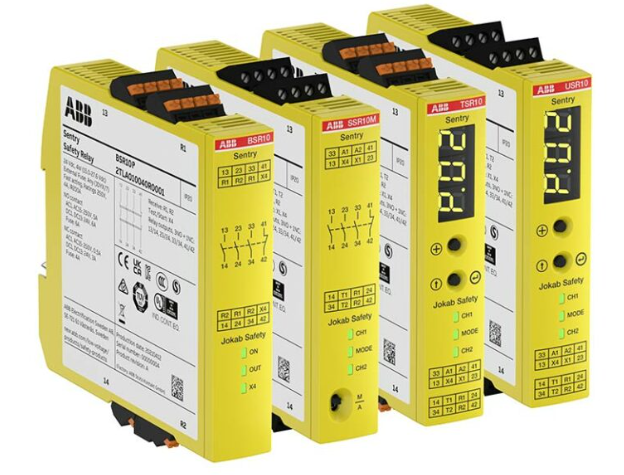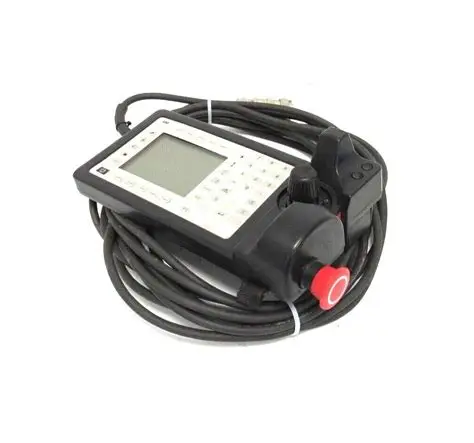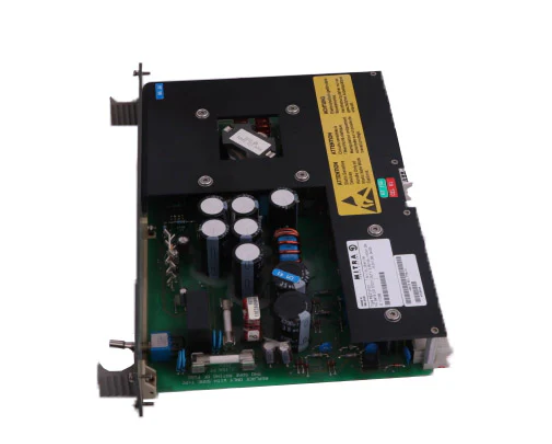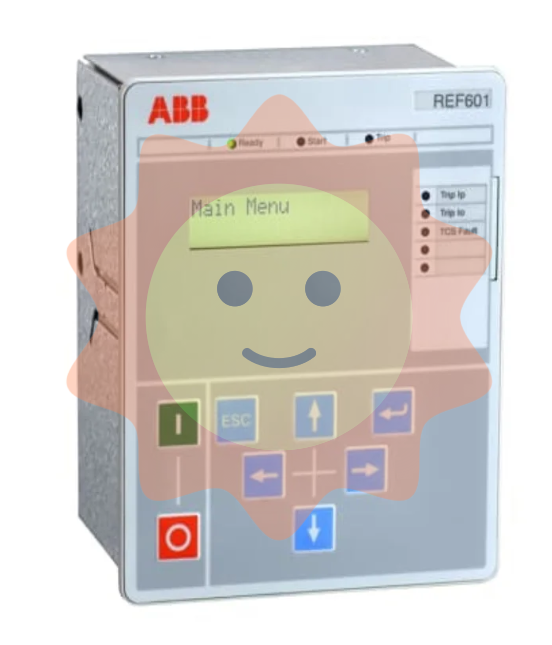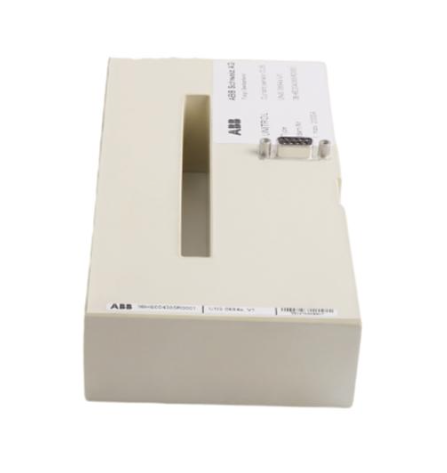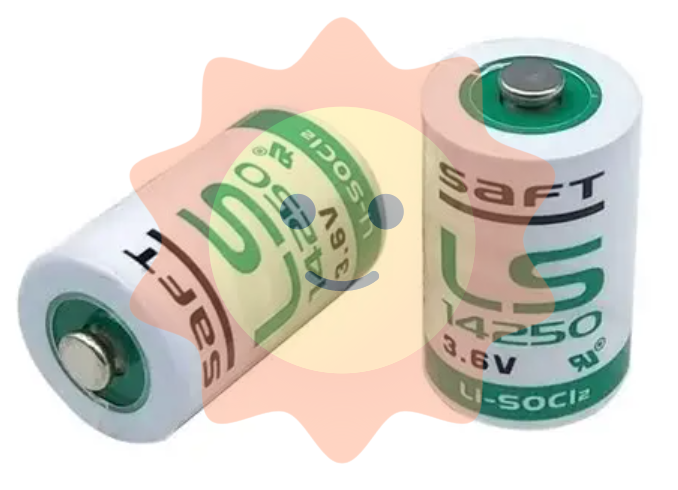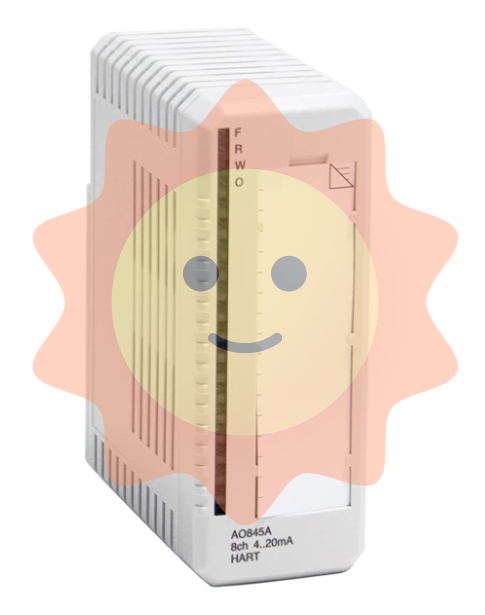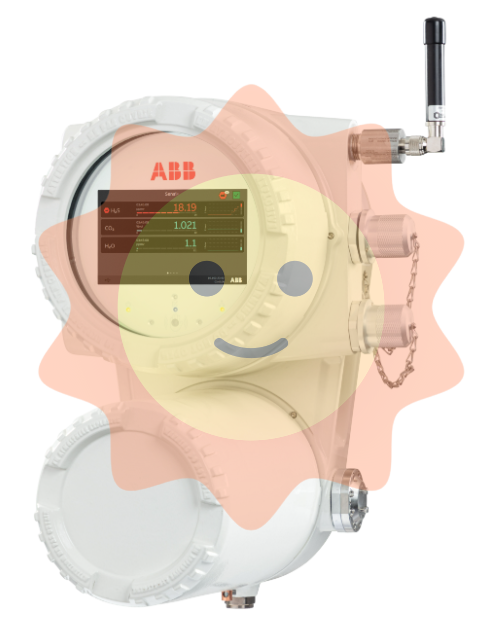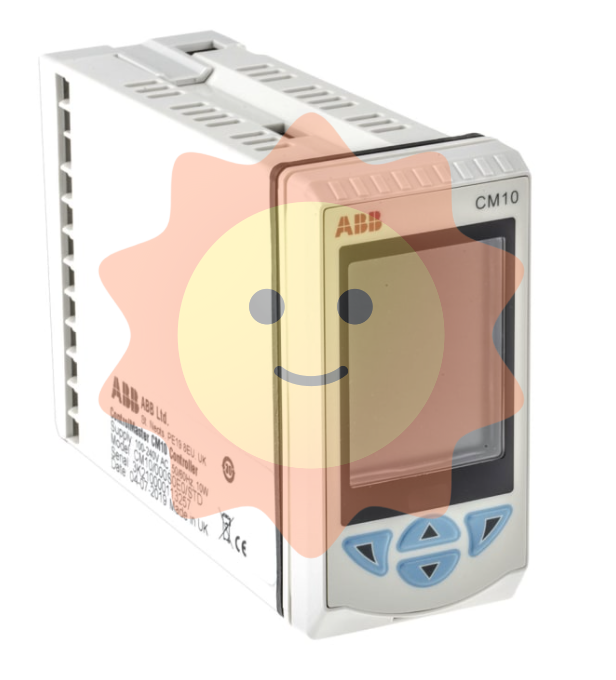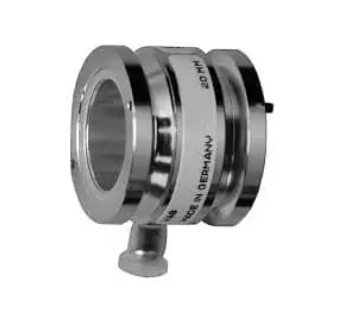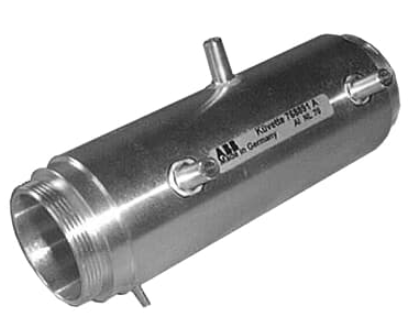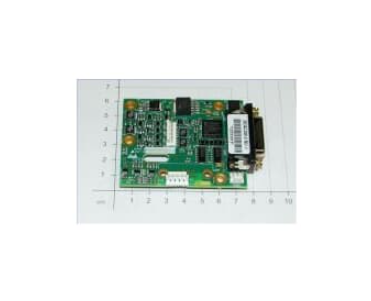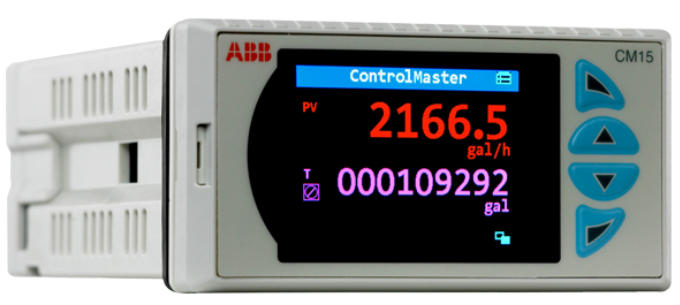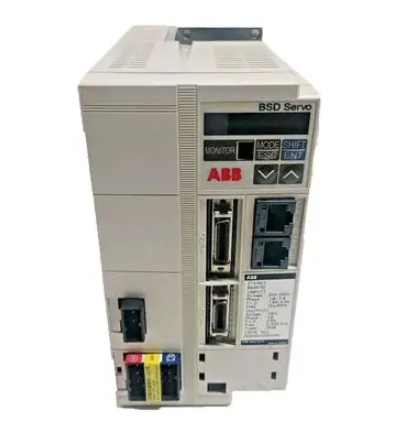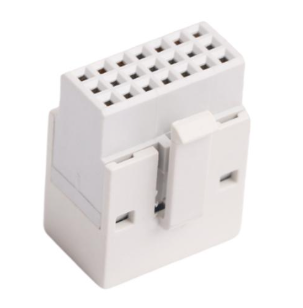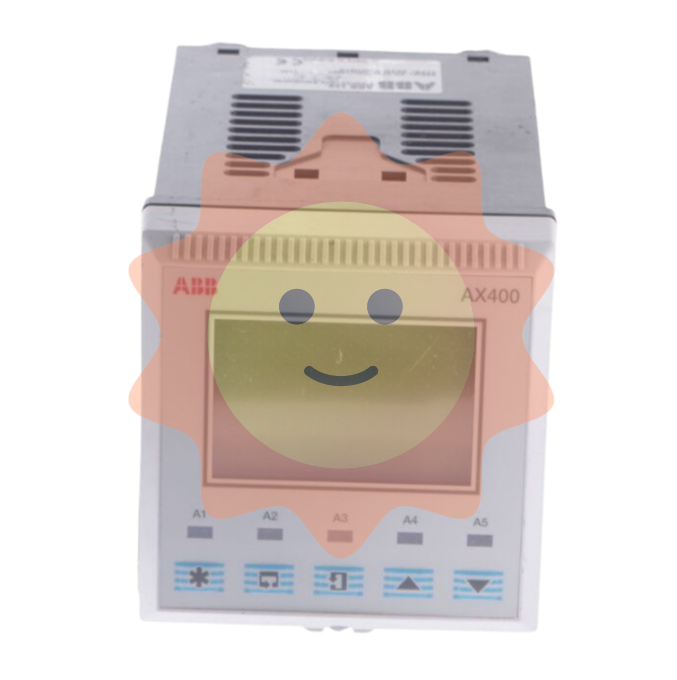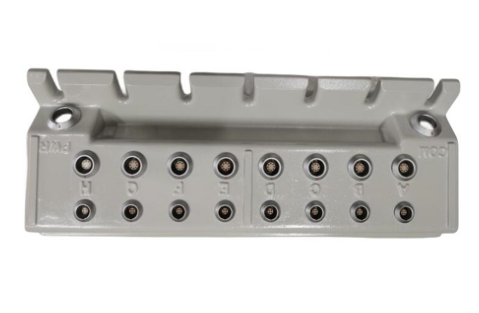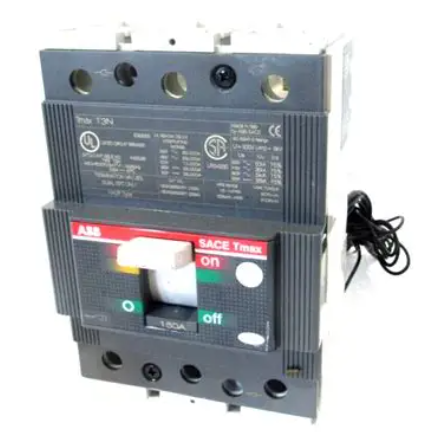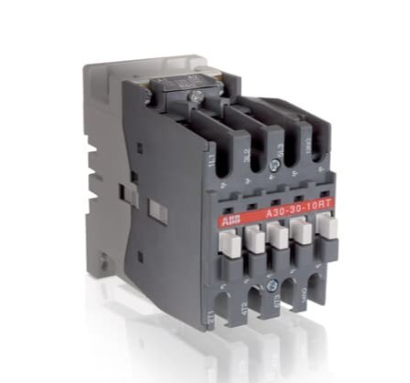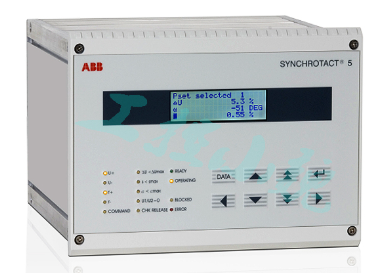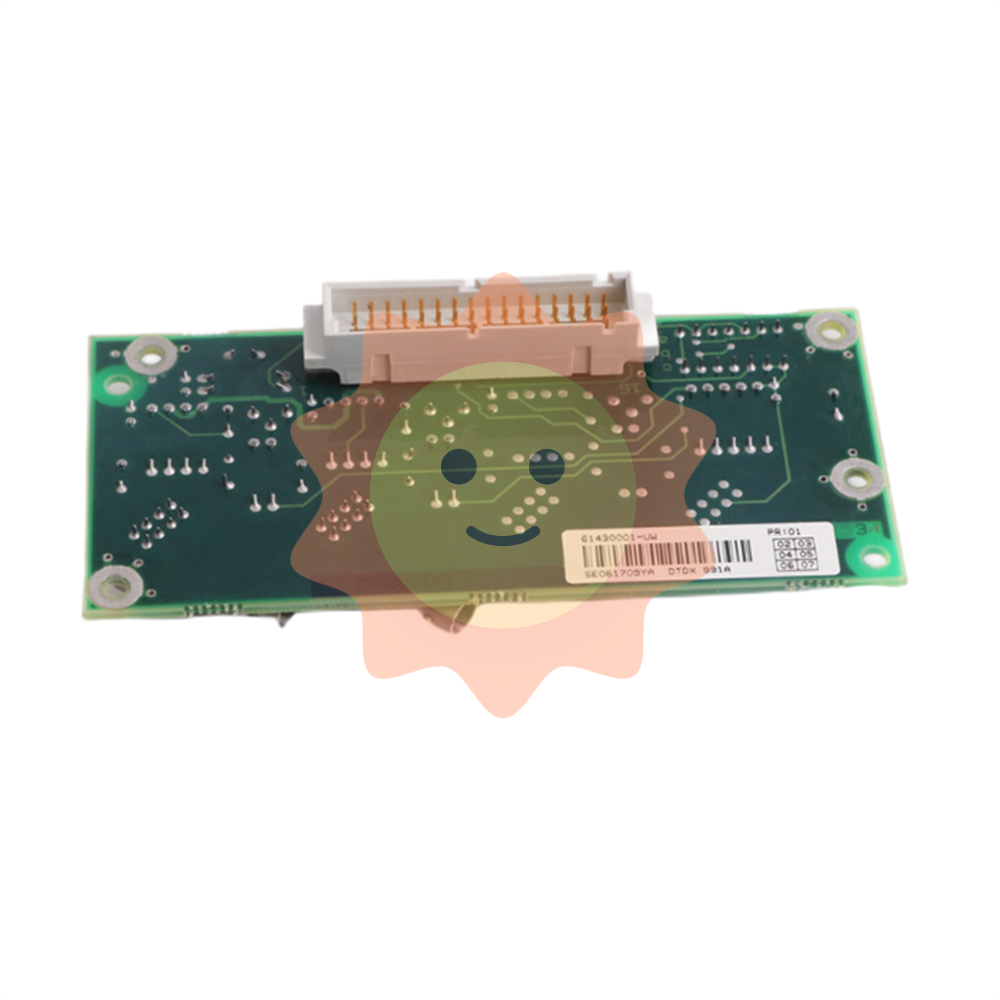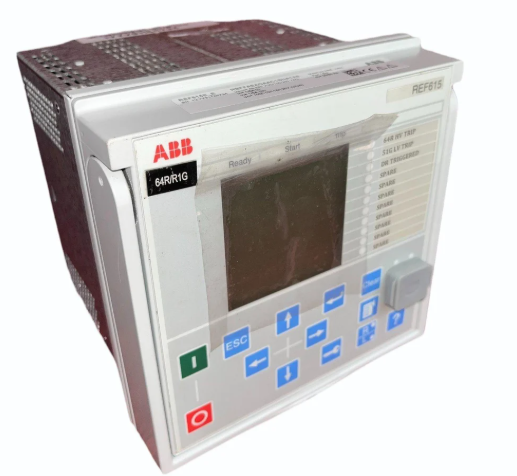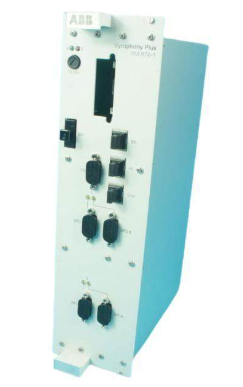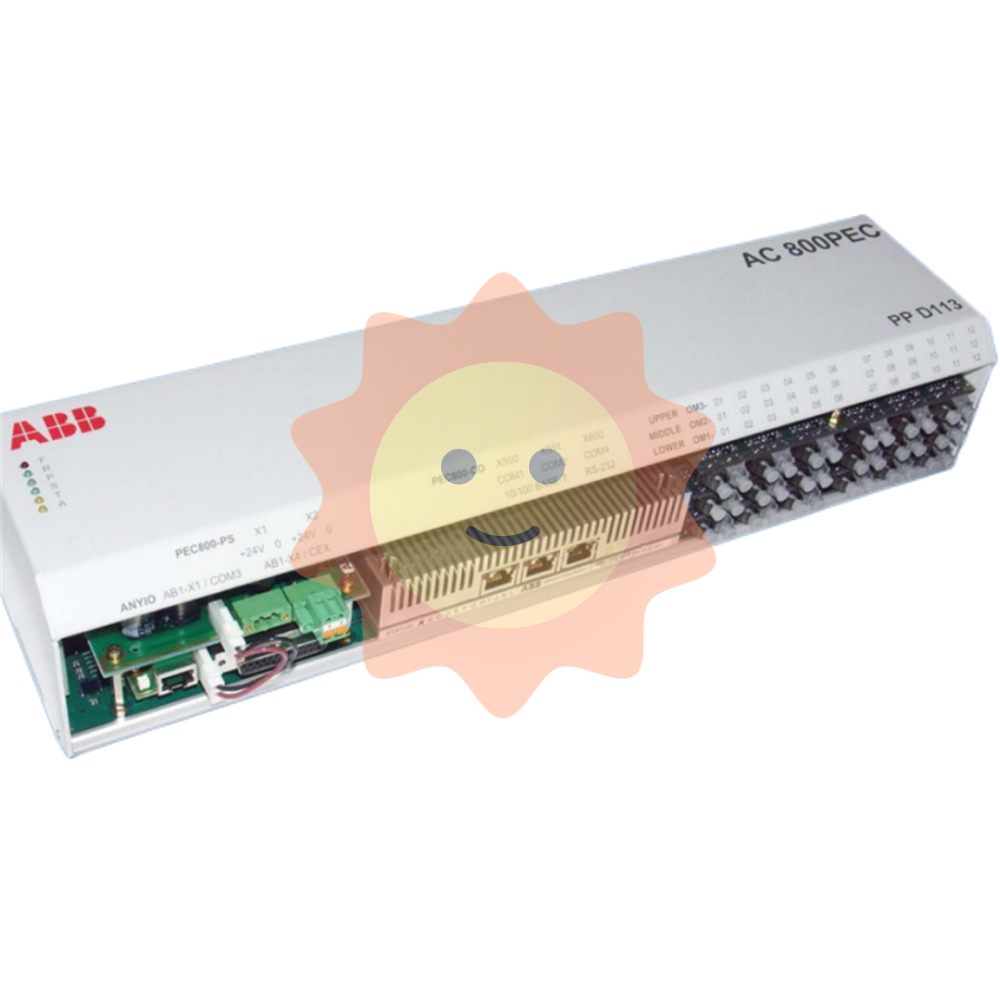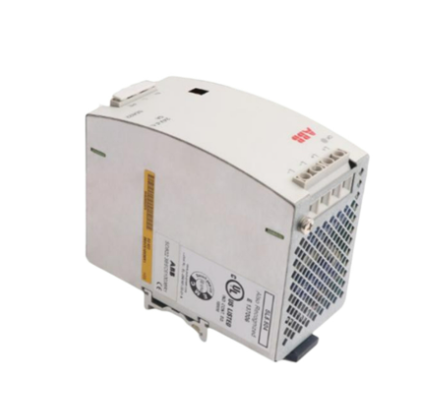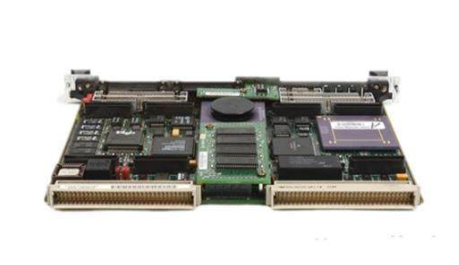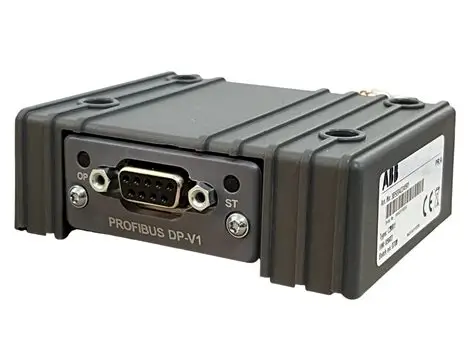Solar photovoltaic system
Systematic classification
Solar photovoltaic system is divided into off-grid photovoltaic power generation system, grid-connected photovoltaic power generation system and distributed photovoltaic power generation system:
1, off-grid photovoltaic power generation system. It is mainly composed of solar modules, controllers, and batteries. If you want to supply power to AC loads, you also need to configure AC inverters.
2, grid-connected photovoltaic power generation system is the direct current generated by the solar module through the grid-connected inverter converted into alternating current in line with the requirements of the mains power grid, which is directly connected to the public grid. Grid-connected power generation system has a centralized large-scale grid-connected power station is generally a national power station, the main feature is that the power generation can be directly transmitted to the grid, by the grid unified deployment to the user power supply. However, this kind of power station has large investment, long construction period and large land area, and has not been developed much. The distributed small grid-connected power generation system, especially the photovoltaic building integrated power generation system, is the mainstream of grid-connected power generation due to the advantages of small investment, fast construction, small footprint, and large policy support.

3, distributed photovoltaic power generation system, also known as distributed power generation or distributed energy supply, refers to the user site or near the power site configuration of smaller photovoltaic power generation power supply system to meet the needs of specific users, support the economic operation of the existing distribution network, or meet the requirements of both aspects.
The basic equipment of distributed photovoltaic power generation system includes photovoltaic cell modules, photovoltaic array bracket, DC busbar, DC distribution cabinet, grid-connected inverter, AC distribution cabinet and other equipment, in addition to power supply system monitoring device and environmental monitoring device. Its operation mode is that under the condition of solar radiation, the solar module array of the photovoltaic power generation system converts the output of solar energy, and sends it into the DC distribution cabinet through the DC busbar, and the grid-connected inverter converts it into AC power to supply the building's own load, and the excess or insufficient power is adjusted by connecting to the grid.
System composition
Solar panel
Solar panels are the core part of the solar photovoltaic system, the role of solar panels is to convert the sun's light energy into electrical energy, and the output direct current is stored in the battery. Solar panels are one of the most important components in solar photovoltaic systems, and their conversion rate and service life are important factors in determining whether solar cells have useful value. Module design: According to the requirements of the International Electrotechnical Commission IEC: 61215:2015 standard design, using 36 or 72 polycrystalline silicon solar cells in series to form 12V and 24V various types of modules. The module can be used in various household photovoltaic systems, independent photovoltaic power stations and grid-connected photovoltaic power stations.
Raw material characteristics: Cell: The use of high efficiency (16.5% or more) of monocrystalline silicon solar sheet package, to ensure that the solar panel power generation is sufficient. Glass: The use of low-iron tempered velvet glass (also known as white glass), the thickness of 3.2mm, in the spectral response of the solar cell wavelength range (320-1100nm) transmittance of more than 91%, for infrared light greater than 1200 nm has a high reflectivity. At the same time, the glass can withstand the ultraviolet radiation of the sun, and the transmittance does not decrease. EVA: A high-quality EVA film with a thickness of 0.78mm and anti-ultraviolet agent, antioxidant and curing agent is used as a sealant for solar cells and a connection agent between glass and TPT. It has high transmittance and anti-aging ability. TPT: The back cover of the solar cell - fluorine plastic film is white, which reflects sunlight, so the efficiency of the component is slightly improved, and because of its high infrared emissivity, it can also reduce the operating temperature of the component, which is also conducive to improving the efficiency of the component. Of course, this fluorine plastic film first has the basic requirements of aging resistance, corrosion resistance, and air permeability required by solar cell packaging materials. Frame: The aluminum alloy frame used has high strength and strong resistance to mechanical impact. It is also the most valuable part of the solar photovoltaic system. Its role is to convert the radiation capacity of the sun into electrical energy, or sent to the battery for storage, or to promote the load work.
controller
The solar controller is composed of a dedicated processor CPU, electronic components, displays, switching power tubes and so on.
- EMERSON
- Honeywell
- CTI
- Rolls-Royce
- General Electric
- Woodward
- Yaskawa
- xYCOM
- Motorola
- Siemens
- Rockwell
- ABB
- B&R
- HIMA
- Construction site
- electricity
- Automobile market
- PLC
- DCS
- Motor drivers
- VSD
- Implications
- cement
- CO2
- CEM
- methane
- Artificial intelligence
- Titanic
- Solar energy
- Hydrogen fuel cell
- Hydrogen and fuel cells
- Hydrogen and oxygen fuel cells
- tyre
- Chemical fiber
- dynamo
- corpuscle
- Pulp and paper
- printing
- fossil
- FANUC
- Food and beverage
- Life science
- Sewage treatment
- Personal care
- electricity
- boats
- infrastructure
- Automobile industry
- metallurgy
- Nuclear power generation
- Geothermal power generation
- Water and wastewater
- Infrastructure construction
- Mine hazard
- steel
- papermaking
- Natural gas industry
- Infrastructure construction
- Power and energy
- Rubber and plastic
- Renewable energy
- pharmacy
- mining
- Plastic industry
- Schneider
- Kongsberg
- NI
- Wind energy
- International petroleum
- International new energy network
- gas
- WATLOW
- ProSoft
- SEW
- wind
- ADVANCED
- Reliance
- YOKOGAWA
- TRICONEX
- FOXBORO
- METSO
- MAN
- Advantest
- ADVANCED
- ALSTOM
- Control Wave
- AB
- AMAT
- STUDER
- KONGSBERG
- MOTOROLA
- DANAHER MOTION
- Bently
- Galil
- EATON
- MOLEX
- Triconex
- DEIF
- B&W
- ZYGO
- Aerotech
- DANFOSS
- KOLLMORGEN
- Beijer
- Endress+Hauser
- MOOG
- KB
- Moxa
- Rexroth
- YAMAHA
- Johnson
- Westinghouse
- WAGO
- TOSHIBA
- TEKTRONIX


Email:wang@kongjiangauto.com



